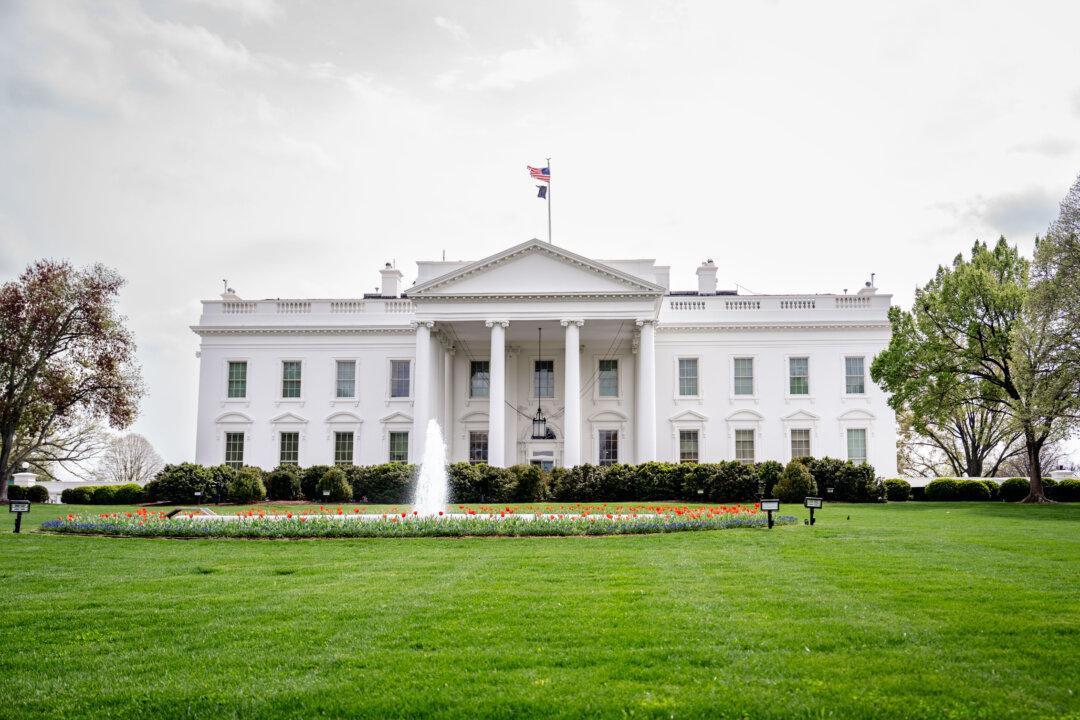A bill seeking to clarify language for voters on state initiative and referendum ballot measures was signed into law by California Gov. Gavin Newsom Sept. 1 and took effect immediately.
Assembly Bill 421, authored by Assemblyman Isaac Bryan (D-Culver City), is designed to make such ballot measures easier to understand—by posing the titles and summaries in the form of a question—and to disclose the largest funders of petitions.
“Now is the time to re-empower everyday voters choosing to participate in our democracy,” Mr. Bryan said in an Assembly analysis published in August. “AB 421 takes a reasonable, measured approach to restoring voter choice, authority, and agency, while uplifting genuine grass roots support over undertrained self-interested operatives.”
The new law requires that voters be asked to choose between “Keep the law” or “Overturn the law” as opposed to the current verbiage that offers choices of “Yes” or “No.”
More than 100 organizations supported the bill, including the Committee to Engage and Empower California Voters—established in 2020 to help voters better understand the electoral process.
One group in support highlighted the need to write titles and summaries with language that is easy to understand, arguing that current guidelines are confusing to some voters.
“There is enormous voter confusion generated by a ‘yes’ vote being against the referendum but for the statute subject to it, and a ’no' vote being for the referendum but against the statute subject to it,” the League of Women Voters of California wrote in support in the Senate’s analysis. “AB 421 cuts through the confusion … helping voters better understand the ballot and make informed decisions.”
The new law also requires the top funders of such petitions to be disclosed in the state voter information guide.
The state Attorney General is tasked with determining the largest funders from those who contributed $50,000 or more at least 31 days before the election.
The bill’s author said the new law will help resolve issues related to campaign spending disclosures, suggesting that prior law allows for practices that endanger democratic functions.
“Today, the participatory democracy system is being subverted and weaponized against the collective decision-making authority of everyday Californians,” Mr. Bryan argued in support of his bill in the analysis. “Currently, what was a people-driven process is now powered by unlimited campaign spending, deceptive practices, outright lies and purposeful confusion.”
Critics, however, said the new law should also include details for funders of opponents, while only those supporting will be required to be published.
“Is it equitable to provide voters with information about the major campaign contributors on one side of a state referendum, but not about contributors on the other side of the same measure?” consultants wrote in comments in the Senate’s analysis.
Under the new law, timelines for withdrawal will also be extended, allowing proponents to rescind measures up to 131 days before the election—with exceptions for those qualified by signatures at a later date.
The initiative process in California allows voters to propose Constitutional statutes and amendments—and regarding referendums, a chance to change all or part of a bill passed by the Legislature.
While the new law applies to state measures, it is not applicable to local referendum ballots—those measures pertaining to local governments.
Opposition to the measure included numerous employer advocates and organizations.
“This is a profound difference from the historic intent and function of the referendum,” the California Chamber of Commerce wrote in opposition in legislative analyses. “Any such change, which we believe would be ill-advised, could likely only be made with a constitutional amendment.”







